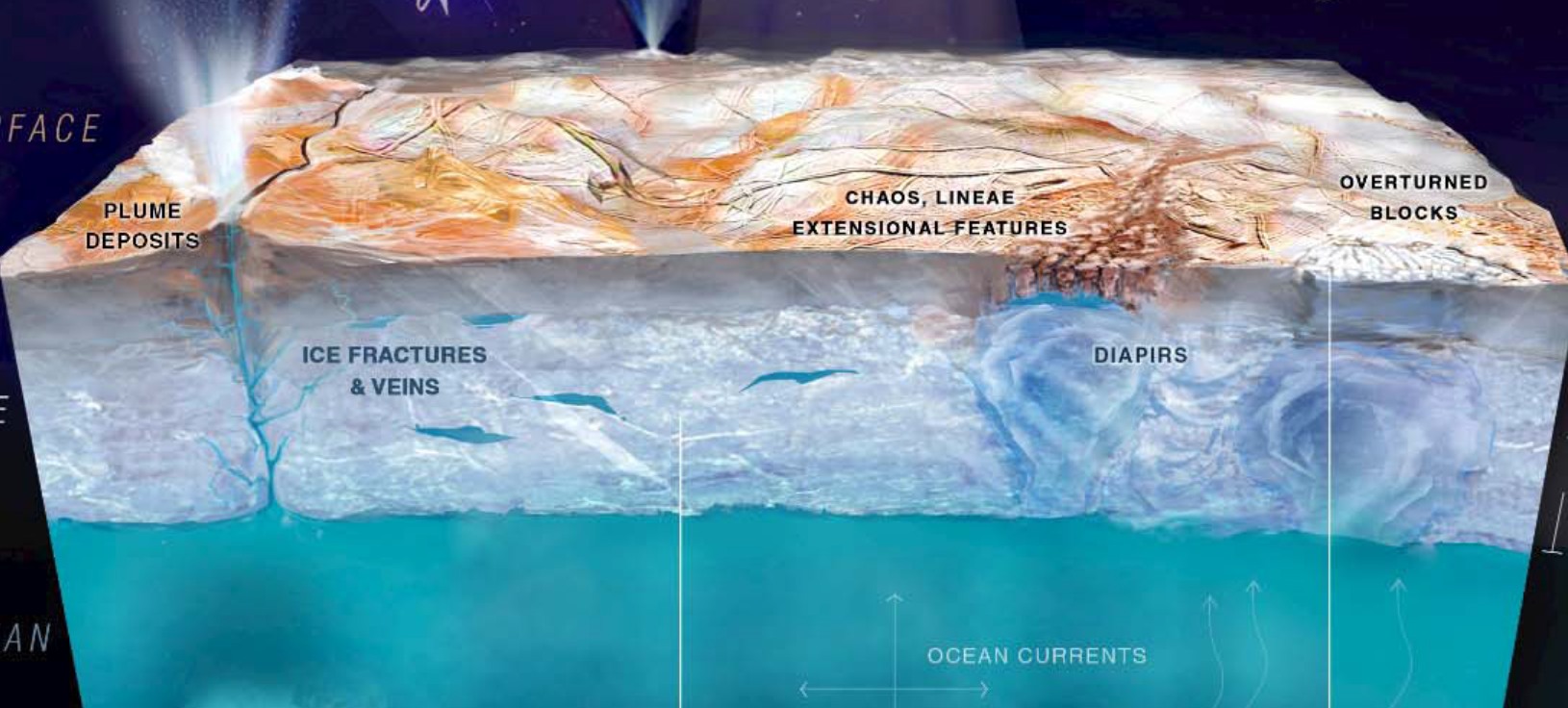I really hate to be the bearer of such bad news, but you and I will not live forever, dear reader.
We may hope to draw breath for a few decades yet, perhaps. But that's not long enough to descry any worlds circling other stars in a meaningful way. Those mysterious orbs are too distant, both in space and time; the vastness of this galaxy is too great, the beat of a human life too short against the slow rhythm of cosmic time. We space enjoyers must therefore be content with what lies in our backyard.
If you are of a certain age, say half a century old or less, you may feel as though you missed the golden age of space exploration, when humanity first walked into that backyard. The Baby Boomers, who were born in time to not only see what the lunar surface looked like but to watch humans walk upon it in real time, were truly lucky.
What an era that was! Before then, everything but the Sun and Moon were dots in the nighttime sky. In 1962, Mariner 2 revealed Venus for the first time. Mariner 4 flew by Mars a couple of years later. Then there were the Voyagers, which passed by Jupiter in 1979, Saturn in 1980 and 1981, Uranus in 1986, and Neptune in 1989. And don't forget the Viking landers in the mid-1970s, which proved the non-existence of little green men on Mars. The Boomers got to see all of this, unwrapping the Solar System, one greatest hit at a time.
But if you weren't there, don’t despair. In the last decade or so, we’ve started to open some wild new frontiers. A decade ago, Europe’s Rosetta spacecraft provided unparalleled images of a comet, and then its tiny Philae lander flew down to the surface and revealed a winter-like wonderland. The next year, NASA’s New Horizons spacecraft flew by Pluto and its moon Charon and revealed all manner of wonders, including—for real—ice volcanoes.




 Loading comments...
Loading comments...
